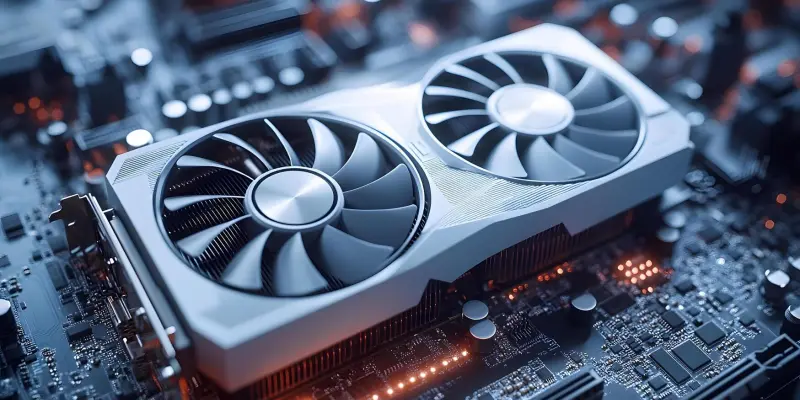Recent reports have brought attention to safety concerns surrounding Nvidia’s 12V-2×6 power connectors, especially as they pertain to the company’s latest RTX 50-series graphics cards. These discussions gained traction following an incident involving the RTX 5070, in which improper connection by the user led to melted power cables. While initially attributed to user error, the situation was exacerbated by design flaws in the connector itself, raising questions about its overall reliability. Issues with Nvidia’s power connectors were first identified with the launch of the RTX 4090. The core of the problem lies in the substantial wattage these high-performance graphics cards require. Although Nvidia had previously adjusted the design to include a recessed feature meant to prevent improper connections, the redesign has not completely eradicated the problem. Users of less power-hungry models like the RTX 5070, with a peak power draw of 250W, still face occasional issues. The repeated occurrences underscore persistent vulnerabilities in the connector’s design.
Compounding the situation are several factors such as the use of third-party cables, cables becoming kinked, and connectors not being securely plugged in. In one notable case, user carelessness led to the bending or breaking of a power pin, which resulted in an improper connection and, subsequently, a melted power cable. Initially blamed on the power supply unit, it was later found that a fully compatible Focus F model from 2025, fitted with standard 12V-2×6 cables, was in use. This points toward a more systemic issue rather than isolated mishaps.
To compare, AMD’s RX 9070 XT graphics cards employ traditional 2-3 x 8pin PCIe power connectors, which have shown greater reliability despite higher power demands. This contrast with Nvidia’s 12V-2×6 connectors highlights potential inadequacies in design and implementation. The relative absence of power draw issues with AMD’s connectors serves as a benchmark for reliability and operational safety, pressuring Nvidia to reevaluate its own standards and practices.
A Call for Enhanced Design and User Awareness
Recent reports spotlight safety concerns with Nvidia’s 12V-2×6 power connectors, particularly for the latest RTX 50-series graphics cards. This issue gained attention after an RTX 5070 user faced melted power cables due to improper connection. Initially deemed user error, further investigation revealed design flaws in the connectors, questioning their reliability.
These power connector issues first surfaced with the RTX 4090 launch. The main problem is the significant wattage these high-performance cards demand. Nvidia made a design adjustment to include a recessed feature intended to prevent connection errors, but the problem persists. Even less power-hungry models like the RTX 5070, drawing 250W, still experience occasional issues, highlighting ongoing design vulnerabilities.
Several factors compound the problem, such as third-party cables, kinks, and improperly secured connections. In one instance, a user’s carelessness led to bending a power pin, causing an improper connection and a melted cable. It was later discovered that a compatible Focus F model from 2025, equipped with standard 12V-2×6 cables, was in use, indicating a systemic issue rather than isolated incidents.
Contrastingly, AMD’s RX 9070 XT cards use traditional 2-3 x 8pin PCIe power connectors, which have proven more reliable despite higher power needs. This comparison underscores potential flaws in Nvidia’s connector design and execution, urging Nvidia to reassess its standards and practices.

